| Touchscreen Panel | Capacitive/Resistive, 10-55 inches, multi-touch support | Glass cutting, lamination, touch sensor integration |
| Display Screen | LCD/LED, 1080p to 4K resolution, high brightness (1000+ nits) | Assembly of backlight, LCD layers, and polarizers |
| Processor (CPU) | ARM-based or x86, dual/quad-core, 1.5 GHz and above | SMT (Surface Mount Technology) to place components on PCB |
| Graphics Processing Unit | Integrated or discrete GPU, supporting 3D graphics | GPU chip soldering onto motherboard |
| Memory (RAM) | 4GB to 16GB DDR4 | DRAM chip placement on the motherboard |
| Storage | SSD or HDD, 64GB to 1TB | Drive assembly and integration |
| Connectivity Modules | Wi-Fi, Bluetooth, Ethernet, USB, HDMI | Antenna integration, port assembly |
| Operating System | Windows, Android, Linux | Software installation and configuration |
| Enclosure | Metal/Plastic housing, weatherproof for outdoor models | CNC machining, powder coating, assembly |
| Power Supply Unit (PSU) | 110-240V AC input, 12V DC output | Transformer assembly, wiring, and testing |
| Cooling System | Fans, vents, or passive cooling | Integration of fans or heat sinks, airflow design |
| Mounting Hardware | Wall-mount, floor stand, or custom fixtures | Fabrication, welding, and surface finishing |

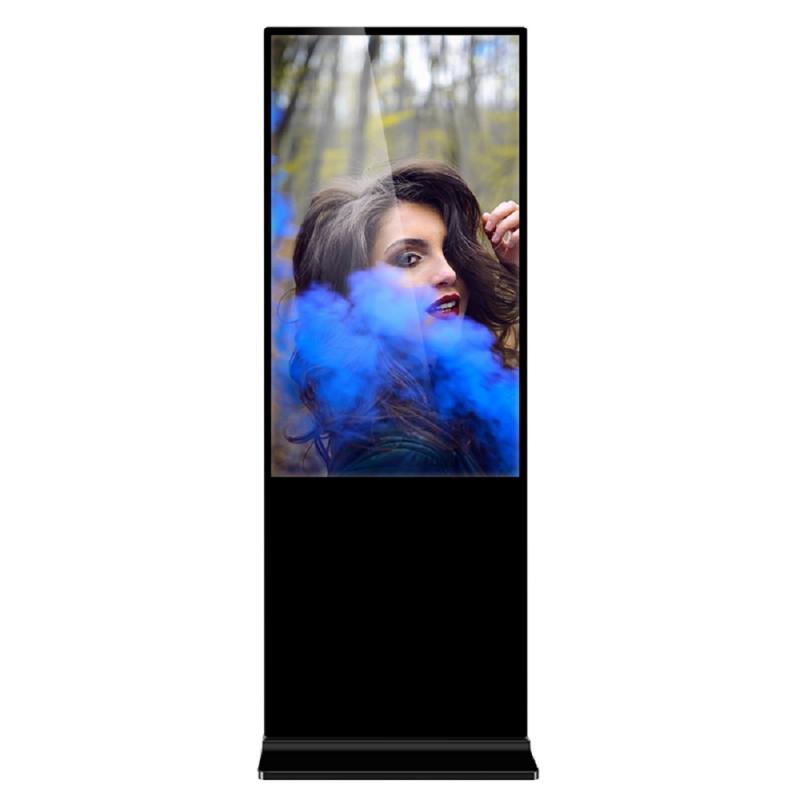
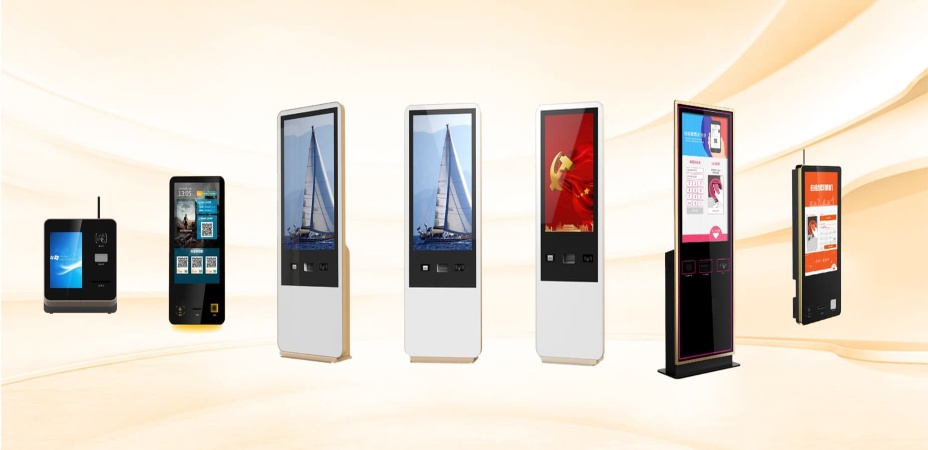
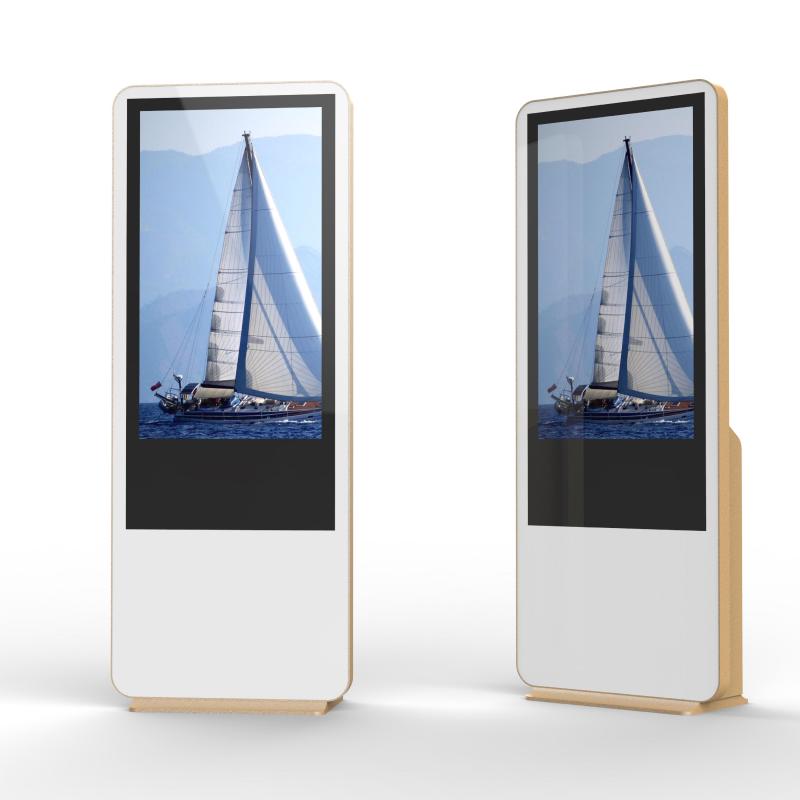

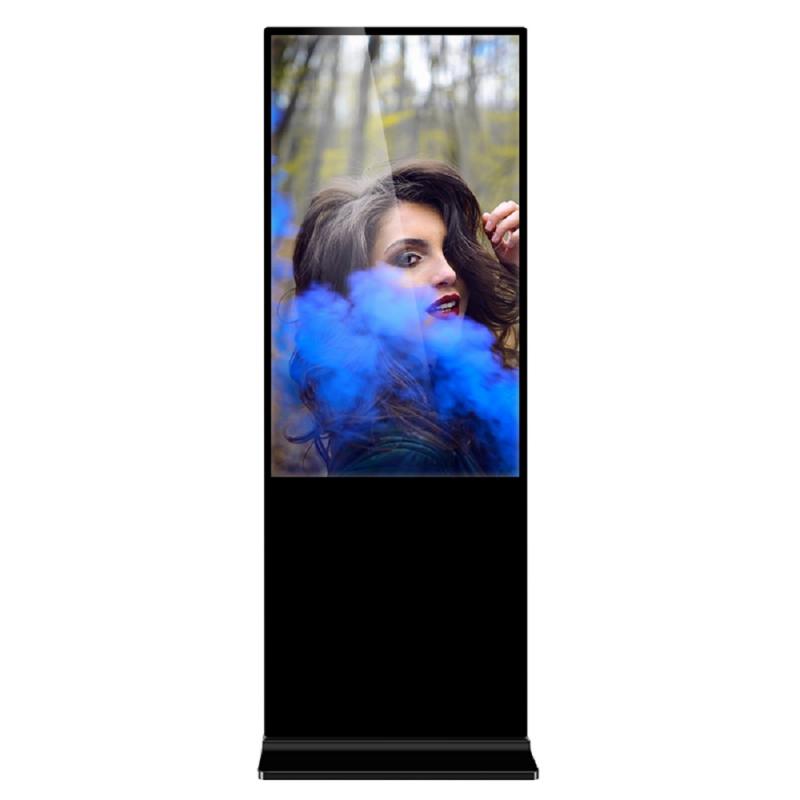
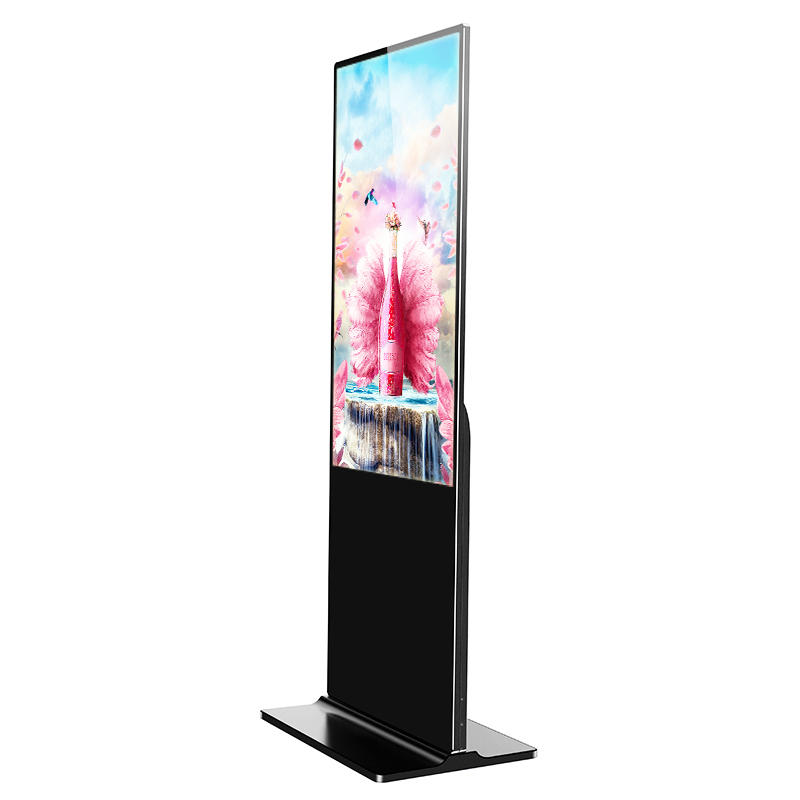
What did our happy clients say?
The touch screen kiosk display we purchased has exceeded our expectations. The screen is incredibly responsive, and the clarity is outstanding. Installation was seamless, and the customer service team provided excellent support throughout the process.
We’ve been using the touch screen kiosk display for several months, and it has transformed our customer interactions. The design is sleek, and the performance is flawless. We highly recommend this product and are grateful for the prompt after-sales service.
This touch screen kiosk display is a game-changer for our business. The display is vibrant, and the interface is intuitive, making it easy for customers to navigate. The supplier was extremely professional, and their support has been top-notch.
The touch screen kiosk display is both visually stunning and highly functional. It’s durable, withstanding daily heavy use with no issues. We appreciate the attention to detail from the supplier and recommend this product to anyone seeking quality.